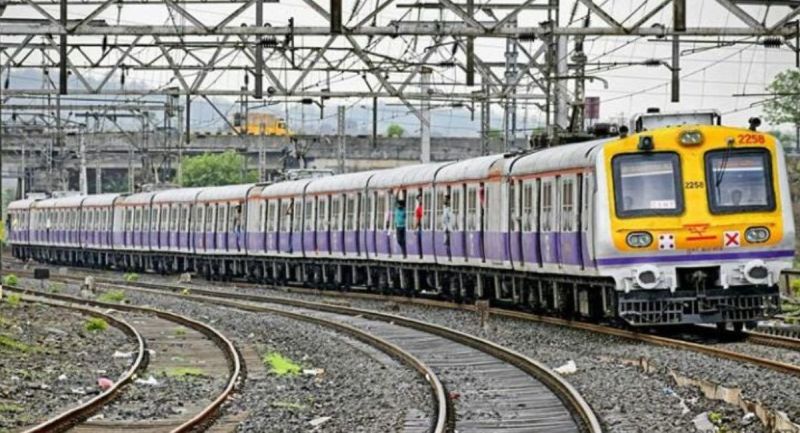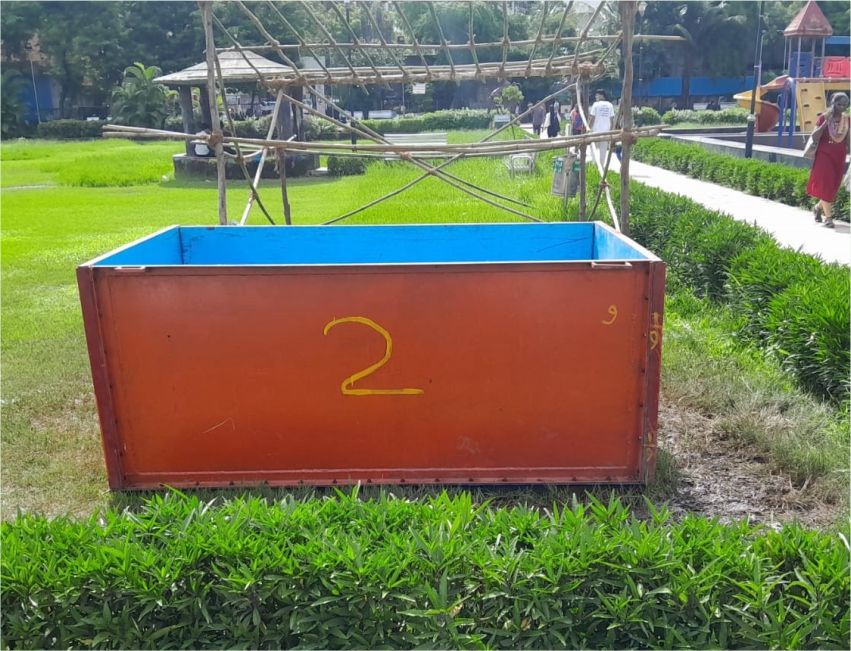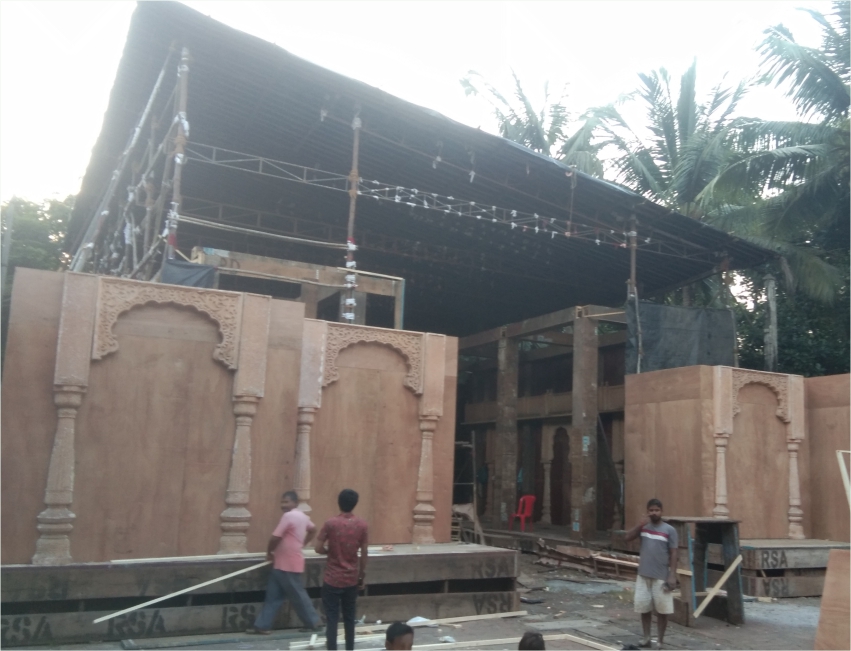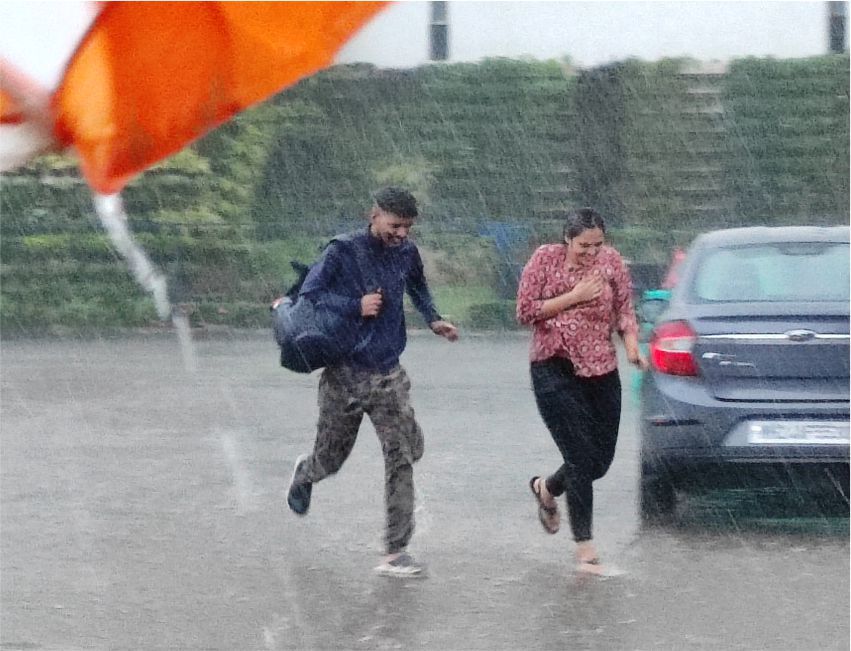MUTP-3B: Major infrastructure push to separate suburban and long-distance trains

- Newsband
- 08 Apr, 2025
In a move aimed at reducing congestion and streamlining suburban and long-distance rail operations, railway authorities have put forward an ambitious plan under Phase 3B of the Mumbai Urban Transport Project (MUTP). The proposed projects, worth an estimated Rs 12,500 crore, seek to enhance rail infrastructure across key regions including Panvel, Navi Mumbai, Vasai-Virar, and the northern stretches beyond Kalyan.
The Mumbai Rail Vikas Corporation (MRVC) is leading the proposal, which includes the construction of a new 60-kilometre suburban rail corridor between Panvel and Vasai, along with the addition of two new railway lines on the Badlapur–Karjat and Asangaon–Kasara routes. These upgrades are expected to significantly boost capacity, improve operational efficiency, and reduce the overlap between suburban and long-distance trains.
Out of the total budget, approximately Rs 10,000 crore is allocated for the new Panvel-Vasai corridor, while Rs 2,500 crore is earmarked for the Badlapur-Karjat and Asangaon-Kasara expansions. The projects are currently in the proposal stage and await formal approval from both the Indian Railways and the Government of Maharashtra, according to officials familiar with the matter.
Around 20–25 per cent of the new Panvel-Vasai corridor is likely to be elevated, and future plans also include two rail flyovers originating from Vasai—one each leading to Virar and Borivali. These flyovers are intended to support seamless local train operations across extended routes depending on future passenger demand and capacity requirements.
“This initiative is a step towards creating a more streamlined and dedicated suburban rail system,” said Vilas Wadekar, Chairman and Managing Director of MRVC. “We’re aiming to create more flexibility in routing suburban trains between Panvel and western suburbs like Virar and Borivali through Thane and Diva.”
The proposed corridor is strategically aligned to pass through the Dedicated Freight Corridor and Kalamboli Yard, and may potentially offer direct rail access to the upcoming Navi Mumbai International Airport and the planned Panvel rail terminus, enhancing multi-modal connectivity in the region.
Currently, the Vasai–Panvel line serves primarily freight and long-distance passenger trains, while suburban rail traffic relies on the Trans-Harbour corridor between Thane and Panvel, and the Nerul–Belapur–Uran corridor. With suburban rail usage steadily increasing, segregation of services is expected to reduce delays and improve reliability.
Meanwhile, work is progressing on a separate suburban rail link between Panvel and Karjat, part of earlier MUTP phases, with 70 per cent of construction completed. The project, which carries an estimated cost of Rs 2,782 crore, is expected to be fully operational by December 2025, providing a critical link between Mumbai’s central suburbs and the growing southern fringes.
Once implemented, the new infrastructure under MUTP-3B is likely to play a pivotal role in reshaping regional transit and easing pressure on Mumbai’s overburdened rail network.





